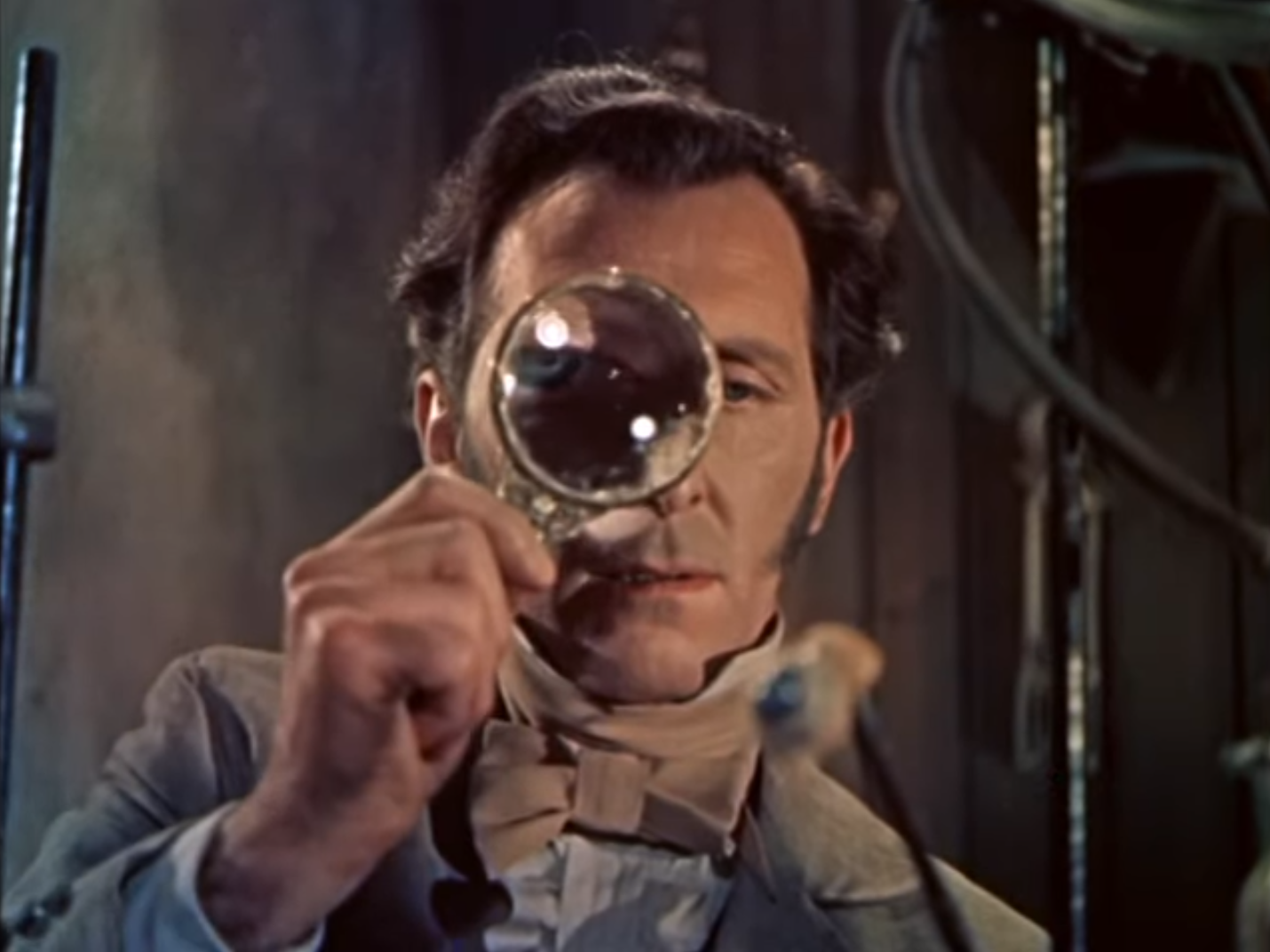Chapters

Mary Shelley’s iconic novel Frankenstein switches between different viewpoints and provides a fascinating commentary on subjects including creationism, isolation, revenge, and humankind’s desire to interfere with the natural world.
The fascinating combination of characters provide us with an interesting viewpoint throughout the story, as we start and end with one narrator, but switch to another throughout much of the novel.
Below, we’re providing an overview of the characters in order to aid you with your revision. If you are studying Frankenstein as one of your GCSE texts, you need to know the key characters throughout the book and those who play a key role in telling this gothic story.

Victor Frankenstein
Before we go into the story of Victor Frankenstein, it is really important that you do not fall into the mistake that some do when discussing this book. Over time, a lot of people have confused Frankenstein as the name of the “monster” or “creature” that features so heavily in the novel. This is partially due to the fact that the character is so recognisable. People assume that the book’s title refers to him, when, in fact, it refers to our main character…
Victor Frankenstein is the central character and protagonist of the novel. He is a talented and ambitious scientist whose desire to conquer death leads him to undertake the creation of life from matter.
Victor's character is defined by his intense pursuit of knowledge and his ambition, which ultimately leads to his downfall and mental struggles. Throughout the novel, Victor grapples with the consequences of his actions and the moral responsibility he bears for creating the creature.
Through the protagonist, Shelley is able to explore many themes of morality and scientific experiment. Think about the wider context of the period of when the time was written, and the medical advances happening at the time (and since).
“Learn from me, if not by my precepts, at least by my example, how dangerous is the acquirement of knowledge, and how much happier that man is who believes his native town to be the world, than he who aspires to become greater than his nature will allow”
“The Creature”
The Creature, often referred to as "Frankenstein's monster," is the result of Victor's experiments. The Creature is not given a name, perhaps deliberately as a dehumanising impact and yet another message woven through the pages of Frankenstein.
Initially innocent and benevolent, the creature is rejected by society due to his grotesque appearance. As he experiences loneliness, rejection, and mistreatment, the creature becomes increasingly embittered and vengeful. His character serves as a complex exploration of humanity, morality, and the consequences of societal rejection.
Ultimately, he seeks revenge on his creators and on society. The creature is one of the most impactful characters in literature, and especially gothic literature.
“There was none among the myriads of men who existed who would pity or assist me; and should I feel kindness towards my enemies? No: from that moment I declared everlasting war against the species, and, more than all, against him who had formed me, and sent me forth to this insupportable misery.”
Elizabeth Lavenza
Elizabeth Lavenza is Victor's adoptive sister and eventual wife. She embodies purity, compassion, and innocence in contrast to Victor's ambitious nature. Elizabeth serves as a source of comfort and stability in Victor's life, offering him emotional support and unwavering love. Her character highlights themes of familial bonds and the contrast between goodness and darkness in the novel.
Elizabeth is built up as a stunning and “idealised” character throughout the book, and the subject of much adoration. This makes it all the more tragic when she eventually succumbs to The Creature as part of his revenge-fuelled rage.
She is described as “fairer than a garden rose among dark-leaved brambles” and adored by Victor.
Henry Clerval
Henry Clerval is Victor's childhood friend and serves as a foil to Victor's ambition. Unlike Victor, Henry is compassionate, caring, and grounded.
He provides a stark contrast to Victor's single-minded pursuit of scientific discovery, emphasising the importance of human connection and moral responsibility. Henry's character serves as a moral compass for Victor, urging him to consider the consequences of his actions.
Clerval is similar in character to Elizabeth, idealised to the point where he is seen as a moral compass and an anchor to important morality in such an ambiguous and challenging story. Clerval is seen as a brother to Victor Frankenstain and someone who he can turn to in times of challenge.
“Clerval called forth the better feelings of my heart; he again taught me to love the aspect of nature, and the cheerful faces of children. Excellent friend! how sincerely you did love me, and endeavour to elevate my mind until it was on a level with your own.”
Robert Walton
Robert Walton is the narrator of the novel, an explorer who encounters Victor in the Arctic and hears his story. Walton serves as a frame narrator, providing an outsider's perspective on Victor's tale. Throughout the story, letter exchanges with Walton are included as a means to give a different perspective and teach us more about the characters.
Like Victor, Walton is driven by ambition and a desire for discovery. Through Walton's character, Shelley explores themes of isolation, the pursuit of knowledge, and the quest for companionship. He is, in many ways, similar to The Creature in the respect that he has such an isolated existence
"I shall die, and what I now feel be no longer felt. Soon these burning miseries will be extinct. I shall ascend my funeral pile triumphantly, and exult in the agony of the torturing flames."
Characters and Perspectives in Frankenstein
The characters play a crucial role throughout Frankenstein, of course, and it is worth noting that they are used to provide contrasts between good and evil, or at the very least, adding to the moral complexities.
The viewpoint of the story shifts and this provides us with unique perspectives and a chance to “spend time” with many of the characters, something that is not necessarily seen in a lot of books and a very creative narrative device.












